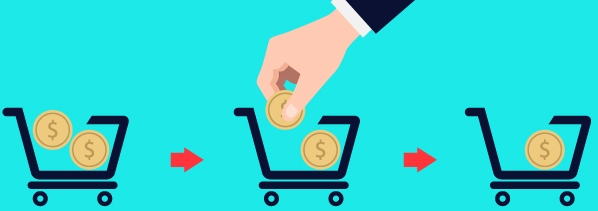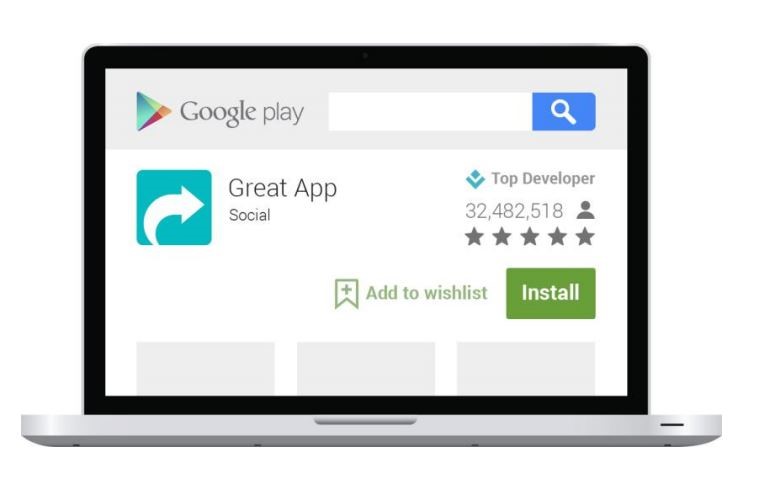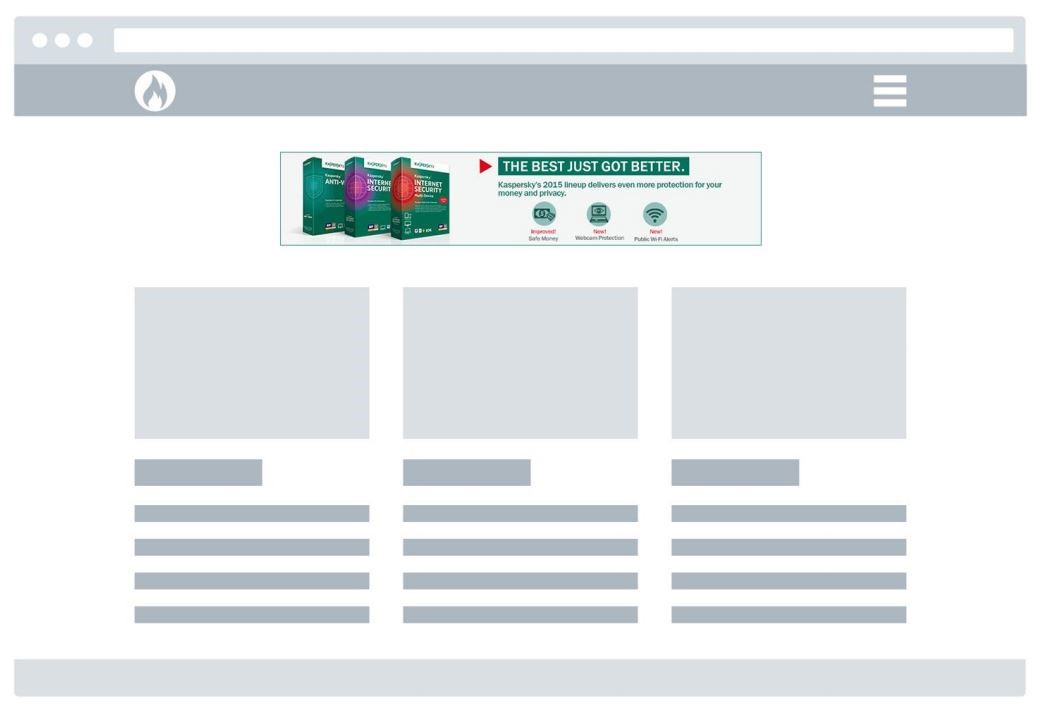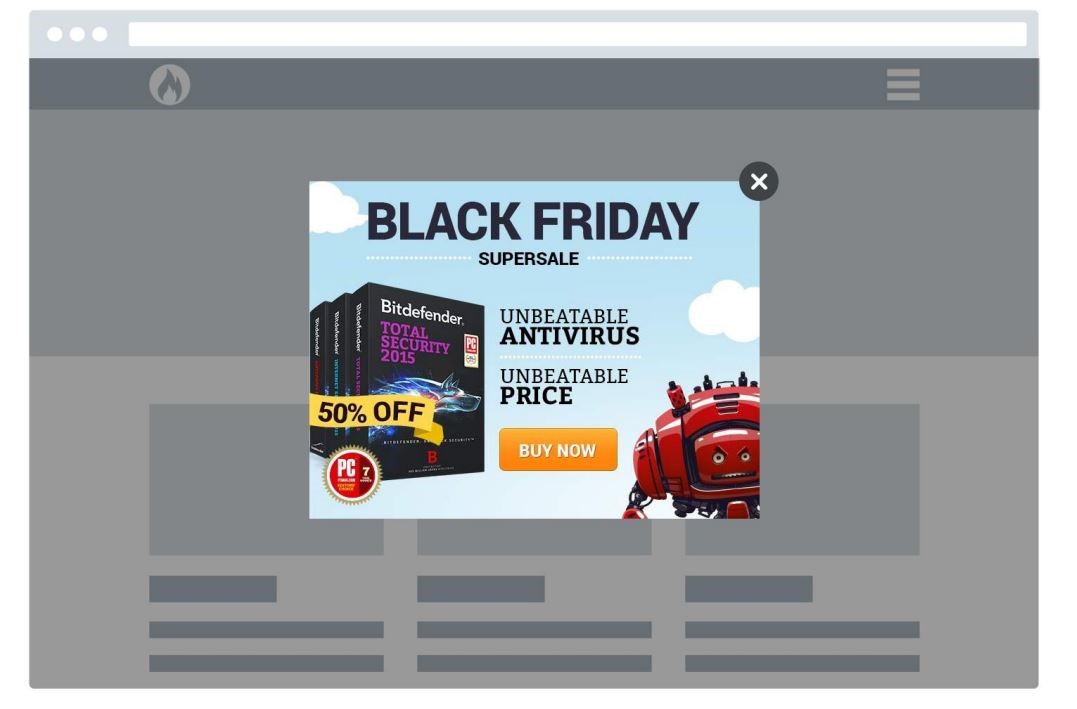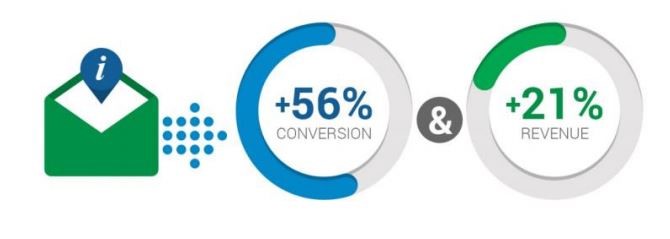Within a very short time, online marketing has grown beyond its niche status to where it now commands a full quarter of the world’s total ad spend. And the big numbers aren’t just limited to advertising. In 2014, companies spent $121B (US) globally to drive buyers through their ecommerce sites and purchase funnels. With the increased budgets, though, come greater expectations. And while businesses received approximately $2.5 trillion (US) in combined B2B and B2C online revenue, they also left more than $4 trillion on the table, or, to be exact, in the shopping cart.
Dig into the details and the numbers become even more disheartening, especially for digital goods vendors. According to the data – taken from the interactions of Ve Interactive’s 6,000+ clients — over 70% all SaaS and software purchases are abandoned in the cart before completion. When you consider that 80% of that cart traffic are new visitors, that’s a huge chunk of potential customer acquisitions to lose from a single section of the funnel.
You don’t need to be a mathematician to recognize the lift you could realize by capturing just a small fraction of that revenue currently lost to cart abandonment.
Mathematician or not, businesses are starting to take advantage of recapturing revenue from abandoned carts. Not surprisingly, a whole industry of consultants and specialists has emerged to help them.
If you’ve spent time shopping online, then you should be familiar with the tools commonly used for recapturing abandoned carts. They are the onsite engagement messages imploring you to complete your purchase. The emails containing offers you receive shortly after leaving the cart. And the retargeting ads reminding you of the products you left behind. Most digital marketers use one or a combination of these tools to recapture from 5-20% of lost revenue from abandoned carts.
While having the tools is good, knowing how and when to use them is even better. Like all utilities, each tool for recapturing abandoned carts has a specific purpose and use. To use them effectively, you need to know more about the buyer, his or her journey through the funnel, and why and where the cart was abandoned. Digital marketers that use a combination of qualitative and quantitative analytics to identify the root cause for cart abandonment will have the most success in stopping revenue leakage.
The best place to start your explorations is with the “why.” While there are millions of individual reasons why buyers leave the cart before completing the purchase, all of those, like most human actions, fit a general pattern of behaviors that can be counted on less than one hand. Learning the core reasons for why buyers jump ship and how to recognize and apply them to your website is the first step of any successful abandonment campaign.
Cart Optimization Basics
Speed Up the Process
Buying online is all about convenience. If there are too many steps between your store and the buy button, you’re basically inviting your buyers to leave. Tweet
A recent study concluded that 25% of all buyer abandonments can be contributed to purchase process length or complexity. Examine your cart funnel metrics for common abandonment points. If large numbers of shoppers are jumping off at the same place, chances are your flow is too long, slow or complex. That can be remedied through testing and traditional conversion rate optimization (CRO) strategies and techniques.
Take Security Seriously
The specter of fraud lurks behind every online transaction. Recent headline-grabbing cases involving data breaches at the world’s biggest retailers haven’t helped alleviate buyers’ fears. If buyers would rather exit than provide you with the personal information, you need to provide more proof of your security Tweet. Make sure to include security certificates and other endorsements, to help put buyers at ease and increase cart conversions.
Be Informative
A little information at the right time can go a long way toward eliminating abandonments. The learning curve and buying cycle for digital goods are longer than for less complex goods and services. In many cases, the buyer may not even know what she is looking for and is leaning on your site and resources for guidance and direction. Use your analytics to hone in on where buyers are getting lost, and then use solid product information to help them find their way.
By providing buyers with easily accessible and consumable information in the form of the product details and specs before they get to the cart, you can provide the shopper with the information they need to make a purchase decision.
Sweeten the Deal
Everybody loves a good deal, and savvy online buyers will search high and low to find them. 28% of people consider incentives a major deciding factor for purchases, and will most likely leave the cart without one. Tweet
An incentive doesn’t necessarily need to be a price break or discount; it could be an upgrade to a premium edition, a longer subscription term or a free complementary product or service. Testing can tell you which incentives work best with each audience and product.
Establish Trust
Unless you’re one of the lucky few brands that enjoy wide global recognition, job one of your online marketing should be to establish a relationship and level of trust with your potential buyers. If the customer doesn’t trust or feel connected to your brand, there’s very little chance of you closing the sale.
A deep dive into the analytics can help you tell if you have trust issues and point the way forward for how to solve them. Whatever the solution, it mostly likely will involve some kind of personalization strategy. Personalization techniques, like a highly targeted remarketing ad, can help to create the connection and trust required to push the buyer through the funnel Tweet.
Another way to establish trust is through “social proof and credibility”. For example, by showing a high number of “likes”, downloads, or 5-star reviews, you give buyers confidence in their decision by showing that other people have made the same choice.
Use your Analytics
Knowing your customer, what’s important to them and where they are in the buying process is key to being able to provide the right content for them throughout the funnel. If you have the right analytics in place, you’ll not only know where they’re abandoning but the reasons why and how to solve them.
Acquire, Engage, Convert
Now that you’ve identified why customers are leaving your cart and corrected them, logic would dictate that there’s nothing left to do but sit back and watch the conversions come in. Unfortunately, neither logic nor you have much control over what can happen next. Because, even if you have the perfect, completely optimized shopping cart, people are still going to abandon for reasons beyond your control.
What you do in the critical moments after (or even at the time of) the abandonments will determine how many orders you will recover.
Even though cart abandonment is essentially a defensive strategy, the best defense, in many situations, is a really good offense. Cart abandonment is no exception. A good offense in this case is having the tools, processes and systems in place to interact with the customer at every stage of their journey. The mechanics of that includes:
- Retargeting campaigns to establish or strengthen the relationship and drive buyers to or back to the cart;
- On-page onsite engagement tools to create urgency and immediacy; and
- Remarketing Email campaigns to remind and nurture.
While all of these methods differ tactically, each is dependent on data and analytics for its effectiveness.
While retargeting is typically your last line of defense against abandonment, it can be used proactively on prospects before they even hit the cart.
When prospective buyers interact with your ads and pages, they’re also providing you with valuable signals about their intents, interests and objections. When captured, those signals can form the basis of highly targeted campaigns that allow you to respond with an appropriate message. By answering questions, overcoming objections or providing the desired incentive before the buyer gets to the cart, you reduce the chance they’ll abandon before completing the purchase. If they bounce, you’ll have even more data at your disposal for subsequent campaigns to drive them back to the cart and close the sale.
The traditional first line of defense is the on-page message or onsite engagement tool. The onsite overlay allows for an immediate and specific message. With an overlay, and the right data and technology, you can offer an infinite range of messages and discounts that get straight to the heart of the objection, within an instant of the abandonment.
The final tool at your disposal is the follow-up email campaign. If you use a contact proactive technology, you’ll be able to capture the email the instant it is entered on the checkout page. And with the right logic in place, you’ll be able to respond immediately with a campaign that emails the prospect with the contents of the cart, making it easy and convenient for the shopper to return and complete their order. A series of emails can be sent on a cascading schedule, such as 20 minutes after the cart is abandoned, one day later, and three days later.
On their own, each of these tools is effective at preventing and recapturing lost revenue due to cart abandonments. To maximize revenue, the tools are best utilized in an integrated strategy.
When deployed together, the three allow you to orchestrate and calibrate your engagements so that you’re interacting with the target in the most relevant way at each stage of the customer journey.
So, now, instead of just a tool to recapture abandoned carts, you have a strategy to prevent bounces, drive prospects deeper into the funnel and through to checkout, and additionally incentivize both prospects and customers for upsells and cross-sells. But even more important, what it does is give you the insights to not only respond to problems when they happen but proactively remove or address them before they emerge.
That brings us back full circle to where we started: How to take the $4 trillion or 70% of all transactions left in the cart and turn it into additional revenue and customer acquisitions.
Here are a few best practices to help get you started.
- Drive the Buyer Back to the Cart
A common mistake many online marketers make is to drive the prospect to a home page, a catalog page, or anyplace but the cart. The purpose of every abandonment campaign is to close the sale. When you drive the prospect back to the cart with the items they abandoned already in place, you make it that much easier for them to complete the purchase.
- Segment Customers with Criteria Filters
Not all prospects are created equal, and if your campaigns treat everyone the same, you’re setting yourself up for failure. Criteria filters allow you to segment buyers by everything from basket value, number of sessions, to product type, location and more. By writing rules that segment buyers by their appropriate category, you can then serve them the most relevant message, offer and experience. The more bespoke or tailored the rules, the more personalized the messages and likelihood the shopper will convert.
- Proactively Capture Emails
Email is arguably the most effective recapture data at your disposal. It allows you to directly communicate with prospects rather than rely on retargeting display ads. Make sure you have an abandonment tool in place that can both capture emails in real time and through an onsite engagement application.
- Focus on the Product
Whenever possible, make sure all your campaigns reference and include the actual products from the cart or session. By adding product specific information to an email, we were able to increase conversions, for one client, by 56% and revenue by 21%.
- Integrate Your Abandonment Campaigns
In most cases, recapturing an abandoned cart requires multiple touches across all three abandonment methods. With multiple touches come multiple attributions and the headache and additional cost of entangling them. When you integrate your campaigns with one partner, you not only gain the strategic advantage and insight covered above but also the financial and reporting benefits of single attribution.
To learn more about the digital commerce lifecycle, conversion rate optimization, revenue leakage and get examples of in-depth strategies from digital leaders, check out Avangate’s Customer Acquisition eBook.
This is a guest post by Samantha Hird, content manager at Ve Interactive.
Ve Interactive is the leading technology company with data at its core. Every day, its vast systems collect billions of online audience data points in real-time and blends them with third-party data. Audience sharing, deep segmentation and analysis enables Ve to produce anonymized and actionable datasets which drive both its high performance digital advertising/email prospecting tools – VeAds, as well as VePanel – its onsite engagement solution that helps websites acquire, engage and convert customers.


